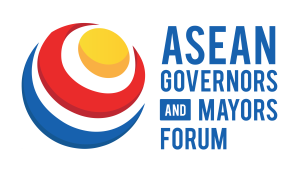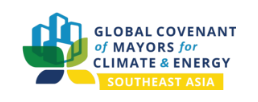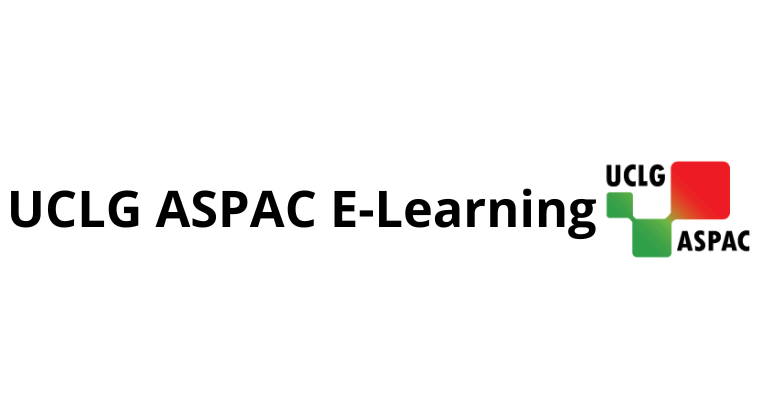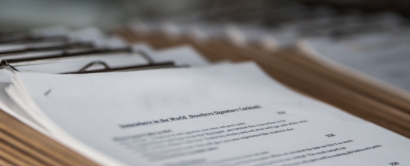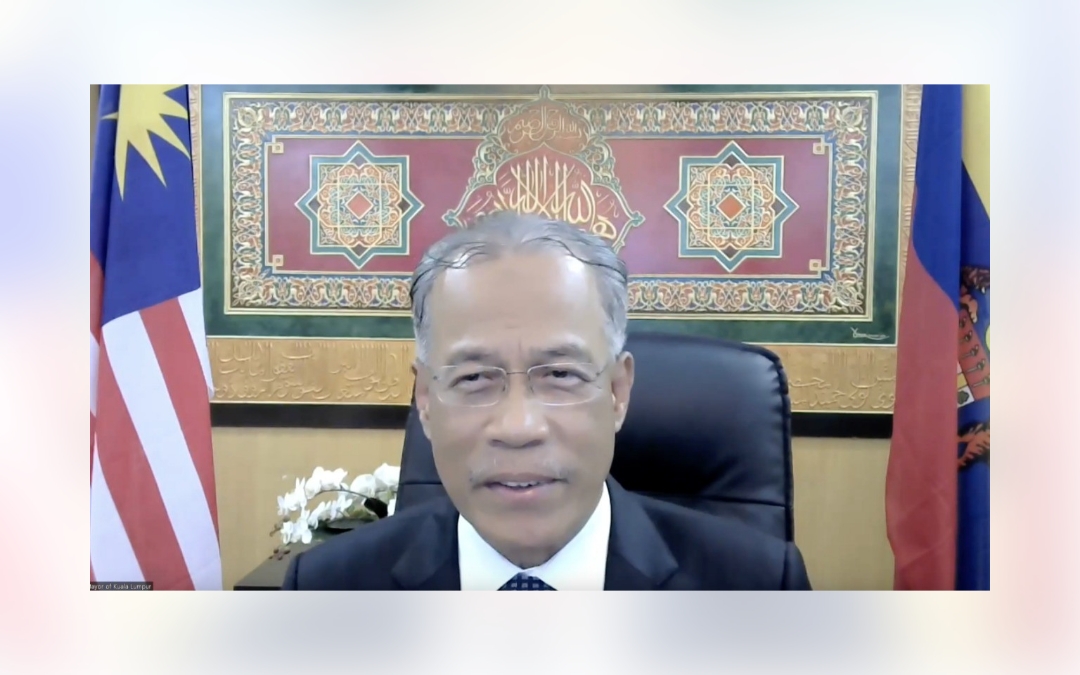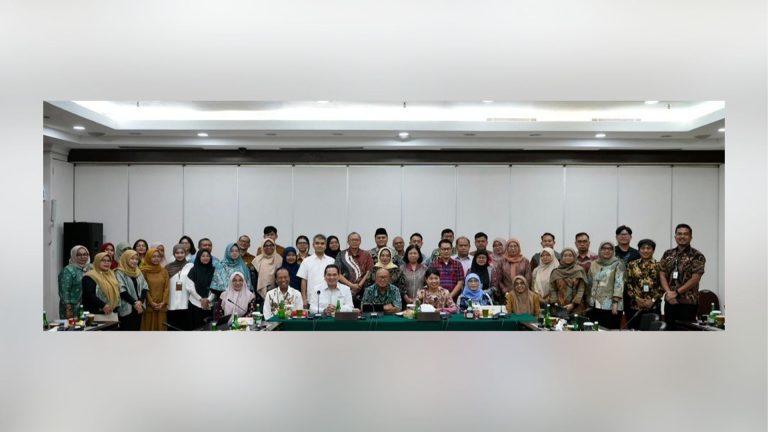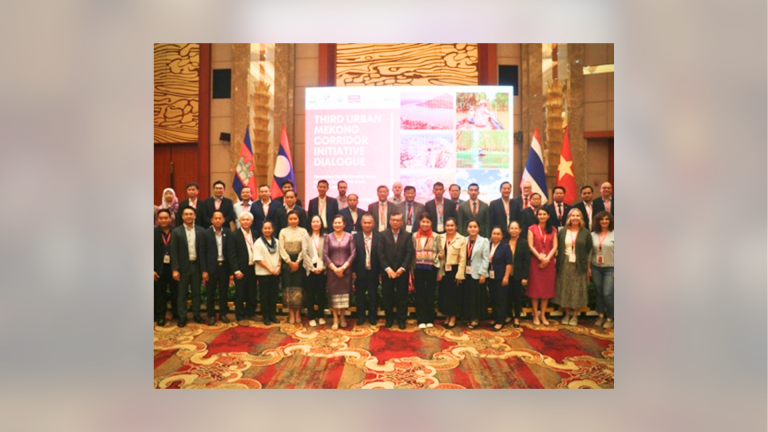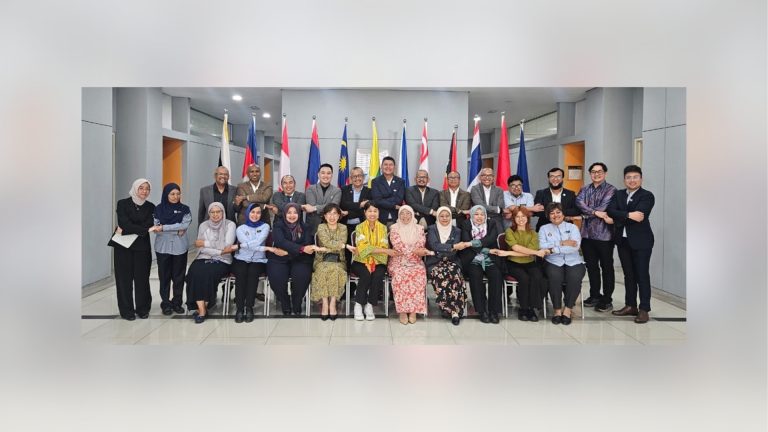14 June 2022 | UCLG ASPAC, in partnership with the Kuala Lumpur Regional Training Centre (KLRTC), organised a webinar entitled “Getting into Action: Disasters Prevention for Cities Resilience.” The event was an experience sharing the local government of Kuala Lumpur to cities and as an occasion to learn from others with similar experiences.
The event covered three important aspects of Disaster Risk Reduction Management (DRRM) including identification of pathways for a better understanding of DRR’s global context, identification of challenges and opportunities in making cities resilient, as well as best practices of cities in overcoming potential disasters.
In the session, the Mayor of Kuala Lumpur, Datuk Mahadi Sri Che Ngah, in his keynote speech, underlined the relevance of sustainability, considering climate change and its impacts are felt in Asia-Pacific cities – including Malaysia. Relating to that, the capital city has set up several initiatives such as the Kuala Lumpur (KL) Low-Carbon Society Blueprint to promote the low-carbon lifestyles to its citizens, the KL Climate Action Plan 2050, and a green economy to improve people’s standards of living.
In the long run, Kuala Lumpur hopes to upscale these efforts in the form of a long-term flood mitigation plan, with examples of river channel improvement projects to replace sandbags and the launch of a mobile application for safety precautional information called MOBIS for vehicles to avoid flooded roads.
In this session, UCLG ASPAC Secretary General, Dr. Bernadia Irawati Tjandradewi, called for a mindset shift in DRR and for Asia-Pacific local governments to re-arrange the strategies and re-state their commitments through the collaborative platform of “Making Cities Resilient 2030” (MCR2030) of United Nations Office for Disaster Risk Reduction (UN DRR).
“Risk can be reduced. We can minimise those risks by having stronger political will, stronger capacity and collaboration with different stakeholders, especially during these unprecedented times. A mindset shift is also needed, from response to prevention; and initiatives like the MCR2030 is a good collaboration platform for local governments around the world that prioritise DRR,” she said.
The Shared Experience and Good Practices
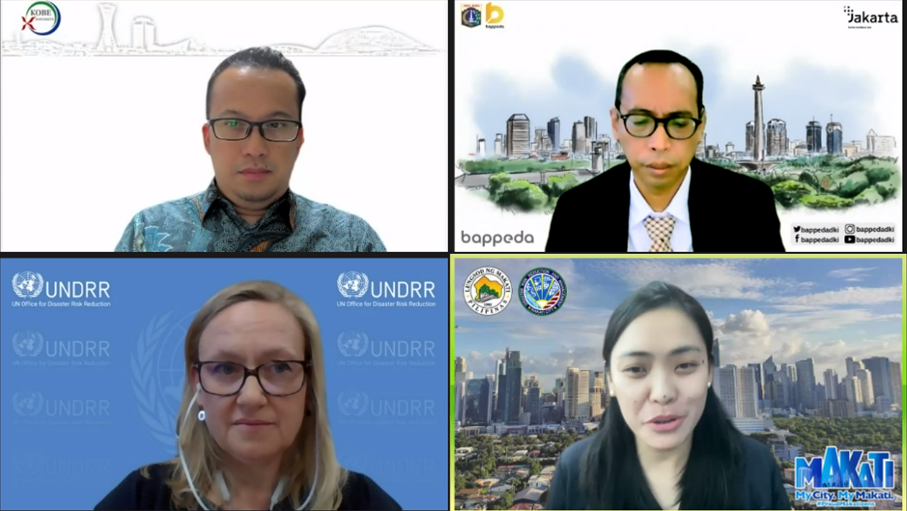
Makati’s Next-Level Disaster Preparedness: “Making Disaster Resilience as a Way of Life”
Makati is one of the densely populated cities in Metro Manila of the Philippines. Known as the country’s financial hub, Makati’s efforts in disaster preparedness are without a doubt. As a city located in a country that is prone to tropical cyclones, investing in resilience and understanding its risks had become the basis of Makati’s resilience planning.
Ms. Liza Velle. B. Ramos, the Research and Planning Head of Makati DRRM Office, highlighted three programmes during the webinar: Risk Information Services, DRRM Education, and the DRRM Community Organisation, Participation, and Empowerment (DRRM COPE).
There were four key takeaways mentioned during her presentation. First, it is important to ensure that local government’s interventions are science-based as well as risk-based. Second, the local government must ensure the harmonisation of city and community-based practices. Third, to effectively engage stakeholders, there should be target-specific intervention and if possible, instilling some creativity into any disaster preparedness activities. Finally, all of this can be achieved only with strong disaster risk governance.
Jakarta’s Resilient Strategy
As one of the world’s megacities, Jakarta, home to 10,8 million people, experienced 72 floods, 536 fire events, 12 landslide events, and two extreme weather events in 2021 alone.
Dr. Nasruddin Djoko Surjono, Head of Regional Development Planning Agency (BAPPEDA) of Jakarta City Government, emphasised, “Shocks in the form of flood and earthquakes are the main threats. To overcome this, Jakarta needs to be more resilient and prepare better in the future on a comprehensive resilience strategy.”
Dr. Surjono explained about Resilient Jakarta Pillars, consisting of three (3) main pillars: Well-Prepared Jakarta, Healthy Jakarta, and Connected Jakarta, with two supporting pillars: Good Governance and Social Cohesion. These pillars come with 12 directions, also consisting of 32 strategies. Those pillars include efforts in disaster mitigation and adaptation such as air pollution control, river naturalisation, accessibility improvement through public transportation, and the Jakarta Smart City (JSC) implementation, among others.
Jakarta also differentiates its flood management into three phases: before, during, and after the flood. Each of those three phases has its own strategies to overcome the impacts. Technology utilisation is also applied by having sensors on several flooding points in Jakarta, where the system can generate real-time data, conduct analyses and management, and visualise the data for sharing purposes.
The Important Role of ICT in Disaster Risk Management
One of the tools that can be utilised by local governments to formulate a comprehensive system to increase resilience toward disaster is by strengthening the use of information and communication technologies (ICT).
Mr. Kendra Hirata, Programme Development Director of CITYNET Yokohama Project Office, shared the utilisation of ICT for disaster risk managementincluding collecting data and information, enabling accessible data and information and sharing data and information efficiently.
Those three key actions can help reduce the city’s burden during the response times, make the disaster risk management process more inclusive, and genuinely address resilience-building at its core.
Disaster Risk in the Global and Regional Context
In this webinar, Ms. Wade-Apicella, Program Management Officer UN DRR emphasised that in response to the disaster, the world needs to reduce risk and do so coherently with all-climate and sustainable development-related action.
Ms. Wade-Apicella later explained a rising trend called DRR and climate action in synergy. This synergy is essential because climate change adaptation does not exist without disaster risk reduction, so in this case, we know that there are human action-related challenges.
“Actually, human action is creating greater and more dangerous risks. The world is becoming increasingly interconnected, and the risks are cascading across geographies, across sectors and pushing us really towards the existential limits,” she said.
To overcome this challenge at the local level, in line with what Dr. Bernadia said in the previous session, Ms. Wade-Apicella also echoed the need to shift the way we think. The initiative has been supported through the “Making Cities Resilient 2030” or MCR2030 since disaster impacts are increasingly cascading, and the risk creation is happening faster than we can reduce the risk.

